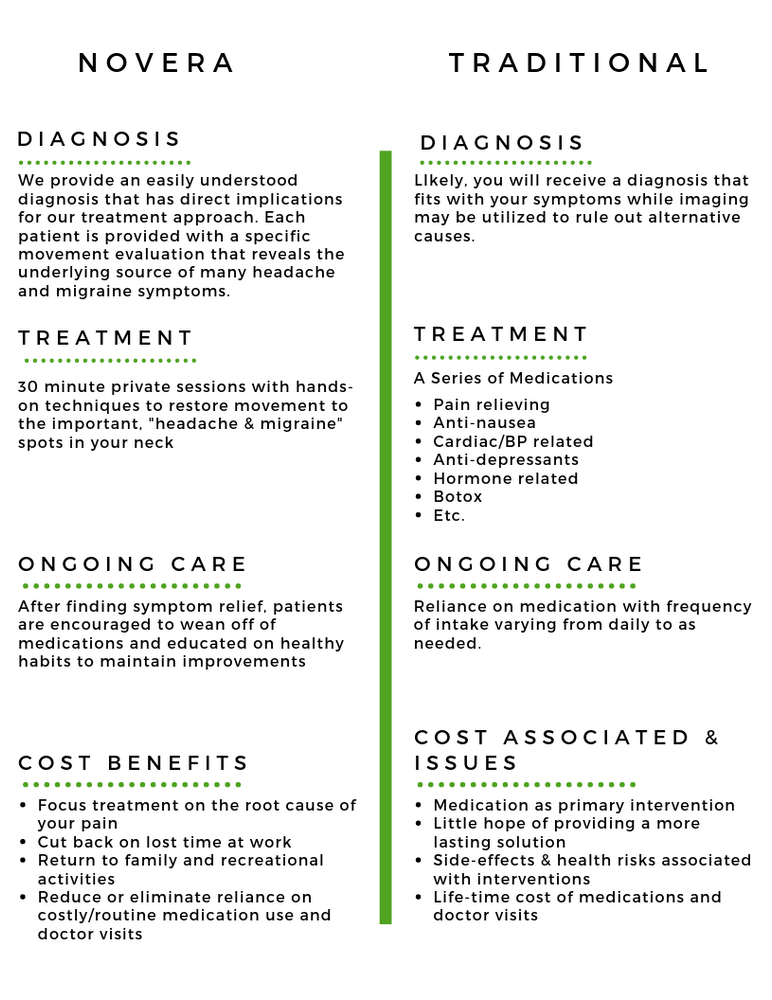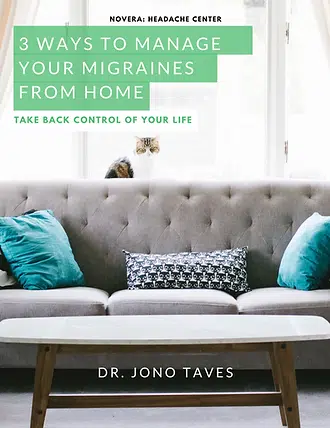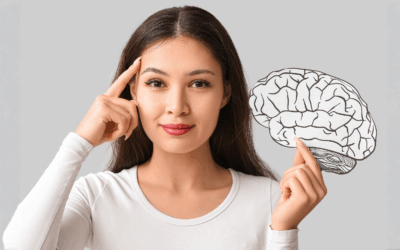How We Treat Migraines Vs. Traditional Medicine

Traditional medicine has worked off of the hypothesis that the pain experienced during a migraine actually stems from the structures the surround your brain. It used to be believed that the underlying cause of headaches and migraines was a change in pressure or inflammation within the different blood vessels of your head. To this day we have research that shows changes in the blood vessels during a migraine, but we are moving away from the thought that this is the underlying cause.
Many of the theories for why migraines occur come about from trialing different medications and making an assumption based off of that medications effect. The problem is that a traditional migraine diagnosis is based off of symptoms, and treatment involves a trial and error approach with different medications that often results in ongoing care. There are many unknowns in the headache and migraine world because it appears we do not have a test that shows a cure-able problem. At this time most all patients for their migraine treatment will receive a series of medications that all have side effects and only promise limited effectiveness.
Rather than providing a cure, the goal of migraine medication is to:
1) Reduce migraine attack frequency, severity and duration
2) Improve the response to acute attack treatment
3) Improve quality of life and reduce disability
When looking at the different types of medication there are two different classes of drugs, first line and preventative.
Below is a list of various types of drugs and their intended use (this list is not comprehensive).
First line:
Analgesic – Pain management (anything from NSAID’s to Opioids)
Antiemetics – Reduced nausea and vomiting associated with migraines
Ergot Alkaloids – Counteracts the response of blood vessels during a migraine
Triptans – Migraine specific drug that limits pain response by mimicking Serotonin
Preventative: (effective if frequency of migraine attacks/month is decreased by at least 50% within 3 months)
Beta-blockers – blocks epinephrine and reduces heart rate
Calcium – Relaxes the muscular wall of an artery (reduces the sensitivity of blood vessels during a migraine)
Anti-epileptic drugs – anti-seizure drugs that slows down nerve conduction
Anti-depressants – effects the bodies response to Serotonin which is connected to mood.
Erenumab (Amovig) – Classified as a CGRPR that essentially hinders the body from sending a pain signal.
Let’s look a little deeper into what it means to have a migraine diagnosis.
There is no standard test or imaging to rule in a headache or migraine, likely a patient with a migraine will undergo testing such as an MRI or CT scan to rule out other conditions.
A migraine diagnosis is made based off of the following combination of symptoms:
1) Moderate to severe pain
2) Often one sided
3) Pulsating
4) Accompanied by nausea, vomiting or other sensitivities
There are other types of headaches that present with nearly identical symptoms but are treated in a very different way. This is why it is so crucial to make an accurate diagnosis.
Novera provides an alternative approach and can bring some clarity to the confusion around headaches and migraines while providing a less costly and more effective solution.
At Novera: Headache Center, we know that all of these symptoms can also come about from loss of movement in the upper part of the neck. There is a significant amount of research to support the need for the neck to be properly assessed for any patient that presents with these symptoms. Just like the MRI and CT scan will rule out a tumor or stroke, it is just as important to ensure that the neck is not the underlying cause.
Screening for the neck is extremely rare and finding a provider that can properly restore movement is even more difficult.
Novera sees such a need for patients with headaches and migraines to be properly screened and treated that we developed our clinic to do just that.
Each patient is educated on the importance of proper mobility in the neck and then evaluated for any underlying problems that may be causing their symptoms. We also provide each patient with the opportunity to participate in hands-on treatment to restore their neck mobility and allow them to reduce or even eliminate their reliance on medication and have hope of returning to life without pain. This is how we reduce your overall cost of care, by providing a conservative yet effective diagnosis and treatment approach.
We take it a step further and do our best to equip each patient with healthy habits that will keep them away from migraine medications or needing routine visits. Our goal is to have each patient feeling empowered and independent when they complete their care.




